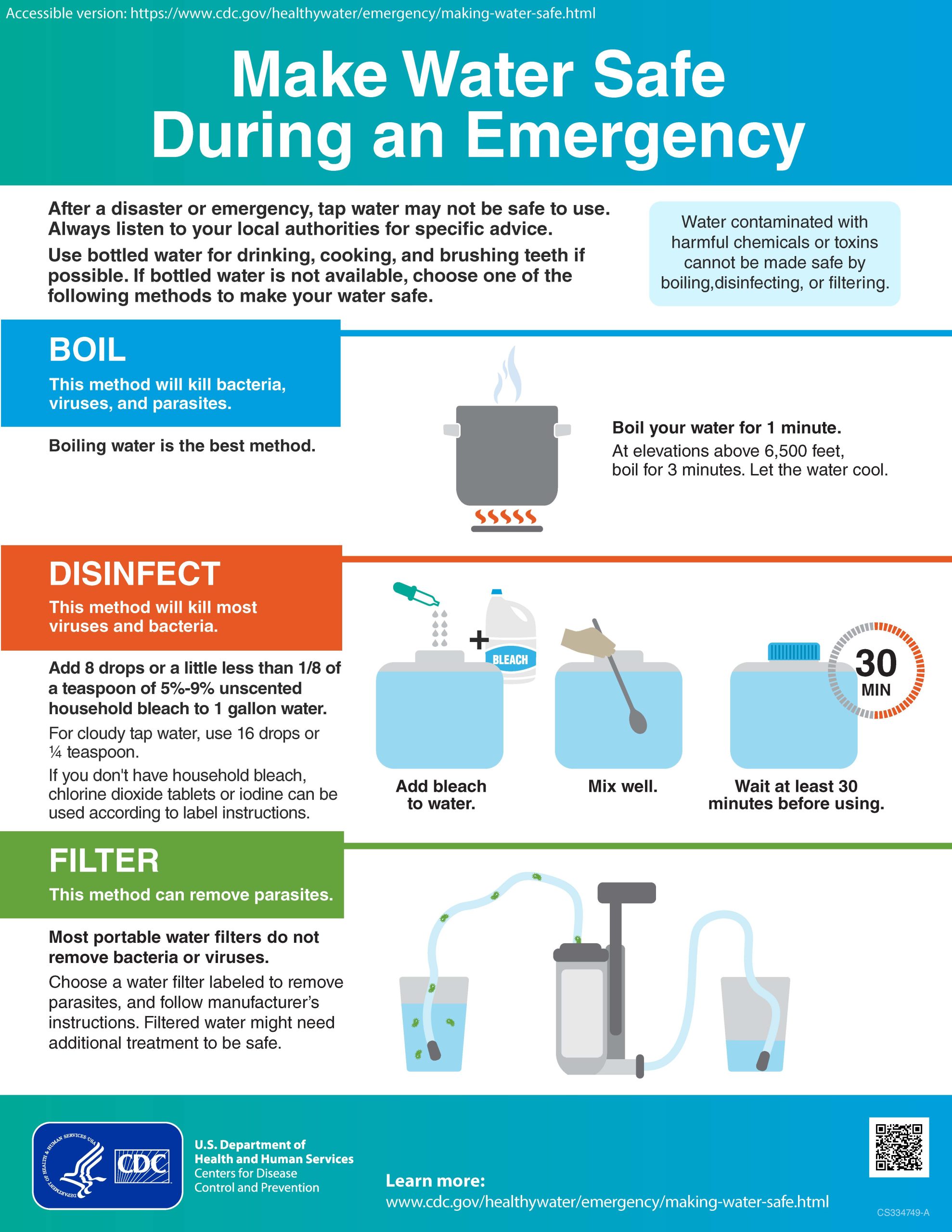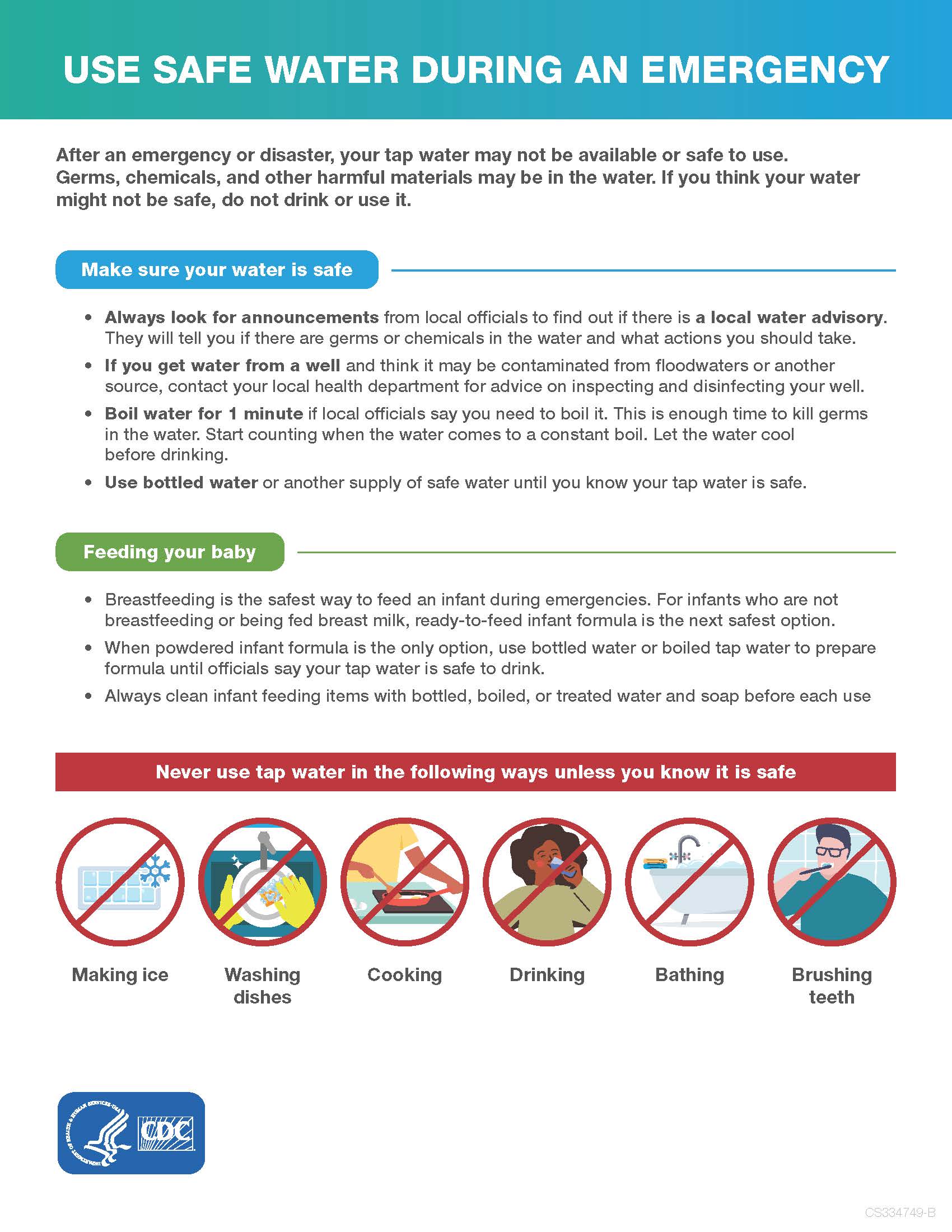Key points
- After an emergency, your tap water may not be available or safe to use.
- Use bottled, boiled, or treated water to avoid getting sick.
- Boiling is the best way to kill germs in water.
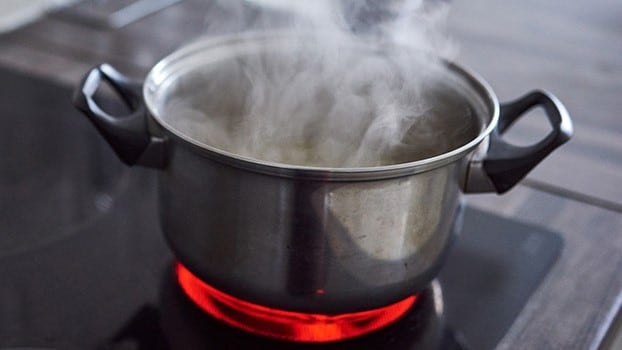
Overview
After an emergency or disaster—such as a water main break, hurricane, or flood—you can take steps to make sure you have safe water.
If you know or suspect your water is unsafe, do not use that water to:
- Drink
- Wash dishes
- Brush your teeth
- Wash or prepare food
- Wash your hands
- Make ice
- Make baby formula
Instead, use bottled, boiled, or treated water for drinking, cooking, and personal hygiene. Follow recommendations from your health department for boiling or treating your water.
Also consider if there are other sources of safe water in or near your home you could use. Never use water from radiators or boilers that are part of your home heating system for drinking, cooking, or hygiene. This water could make you sick.
Water with fuel or toxic chemicals in it
Boil
If you don’t have safe bottled water, boil your water to make it safe to drink.
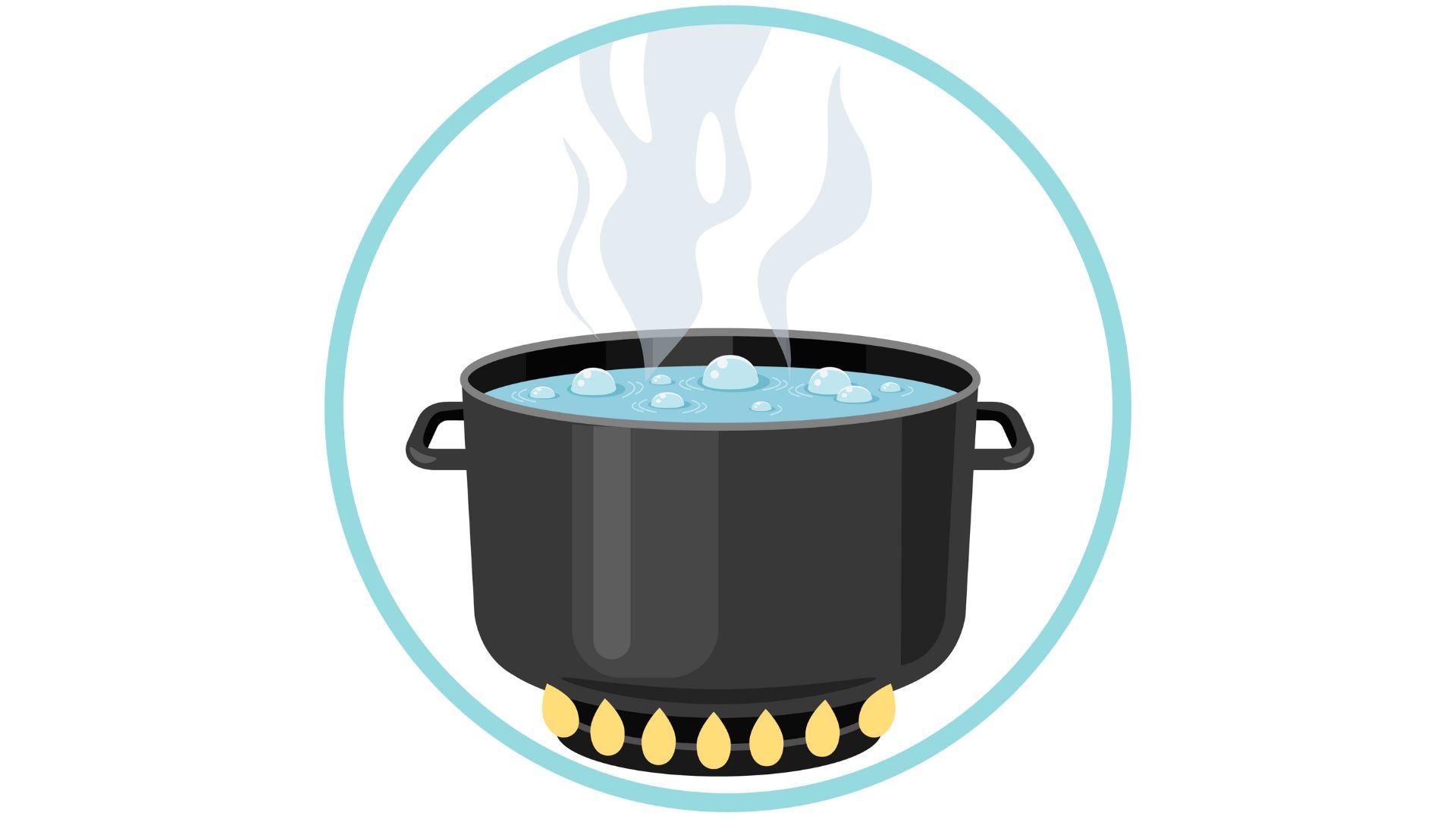
Steps for boiling water
If the water is cloudy, first filter it through a clean cloth, paper towel, or coffee filter. Another option is to let it settle. Then, draw off the clear water and follow the steps below.
- Bring clear water to a rolling boil for 1 minute (at elevations above 6,500 feet, boil for 3 minutes).
- Let the boiled water cool.
- Store the boiled water in clean, sanitized containers with tight covers.
Making boiled water taste better
Improve the flat taste of boiled water by:
- Pouring it from one container to another and then letting it stand for a few hours
- Adding a pinch of salt for each quart or liter of boiled water
Disinfect
You can kill most germs in water with chemical disinfectants, such as unscented household chlorine bleach, iodine, or chlorine dioxide tablets. However, disinfectants do not work as well as boiling for killing some germs, including the parasites Cryptosporidium and Giardia.
Steps for using bleach to disinfect water
If the water is cloudy, first filter it through a clean cloth, paper towel, or coffee filter. Another option is to let it settle. Then, draw off the clear water and follow the steps below.
- Follow the instructions on the bleach label for disinfecting drinking water. If the label does not have instructions, check the "active ingredient" on the label to find the bleach's concentration of sodium hypochlorite. In the United States, it will typically be between 5% and 9% sodium hypochlorite. Then, based on the concentration you have, use the tables below to add the appropriate amount of bleach to the water.
- Stir the bleach and water mixture well.
- Let the water stand for at least 30 minutes before you drink it.
- Store the disinfected water in clean, sanitized containers with tight covers.

Bleach with a 5% to 9% concentration of sodium hypochlorite
Use the measurements below to make water safe to use. If the water is cloudy, murky, colored, or very cold, add double the amount of bleach listed below.
- If you have a dropper: Add 2 drops of bleach
- If you have something that measures in milliliters (mL): Add 0.1 mL of bleach
- If you have a measuring spoon: Add a tiny amount (too small to measure)
- If you have a dropper: Add 8 drops of bleach
- If you have something that measures milliliters (mL): Add ½ mL of bleach
- If you have a measuring spoon: Add a little less than ⅛ teaspoon
5 gallons of water
- If you have a dropper: Add 40 drops of bleach
- If you have something that measures milliliters (mL): Add 2½ mL of bleach
- If you have a measuring spoon: Add ½ teaspoon of bleach
Bleach with a 1% concentration of sodium hypochlorite
Use the measurements below to make water safe to use. If the water is cloudy, murky, colored, or very cold, add double the amount of bleach listed below.
1 quart or liter of water
- If you have a dropper: Add 10 drops of bleach
- If you have something that measures milliliters (mL): Add ½ mL of bleach
- If you have a measuring spoon: Add ⅛ teaspoon of bleach
1 gallon of water
- If you have a dropper: Add 40 drops of bleach
- If you have something that measures milliliters (mL): Add 2½ mL of bleach
- If you have a measuring spoon: Add ½ teaspoon of bleach
5 gallons of water
- If you have a dropper: Add 200 drops of bleach
- If you have something that measures milliliters (mL): Add 12½ mL of bleach
- If you have a measuring spoon: Add 2½ teaspoons of bleach
Using chemical tablets or drops to disinfect water
Follow the instructions on the label or package of chlorine dioxide, chlorine, or iodine tablets or drops. Chemical disinfectants are made to disinfect specific amounts of water.
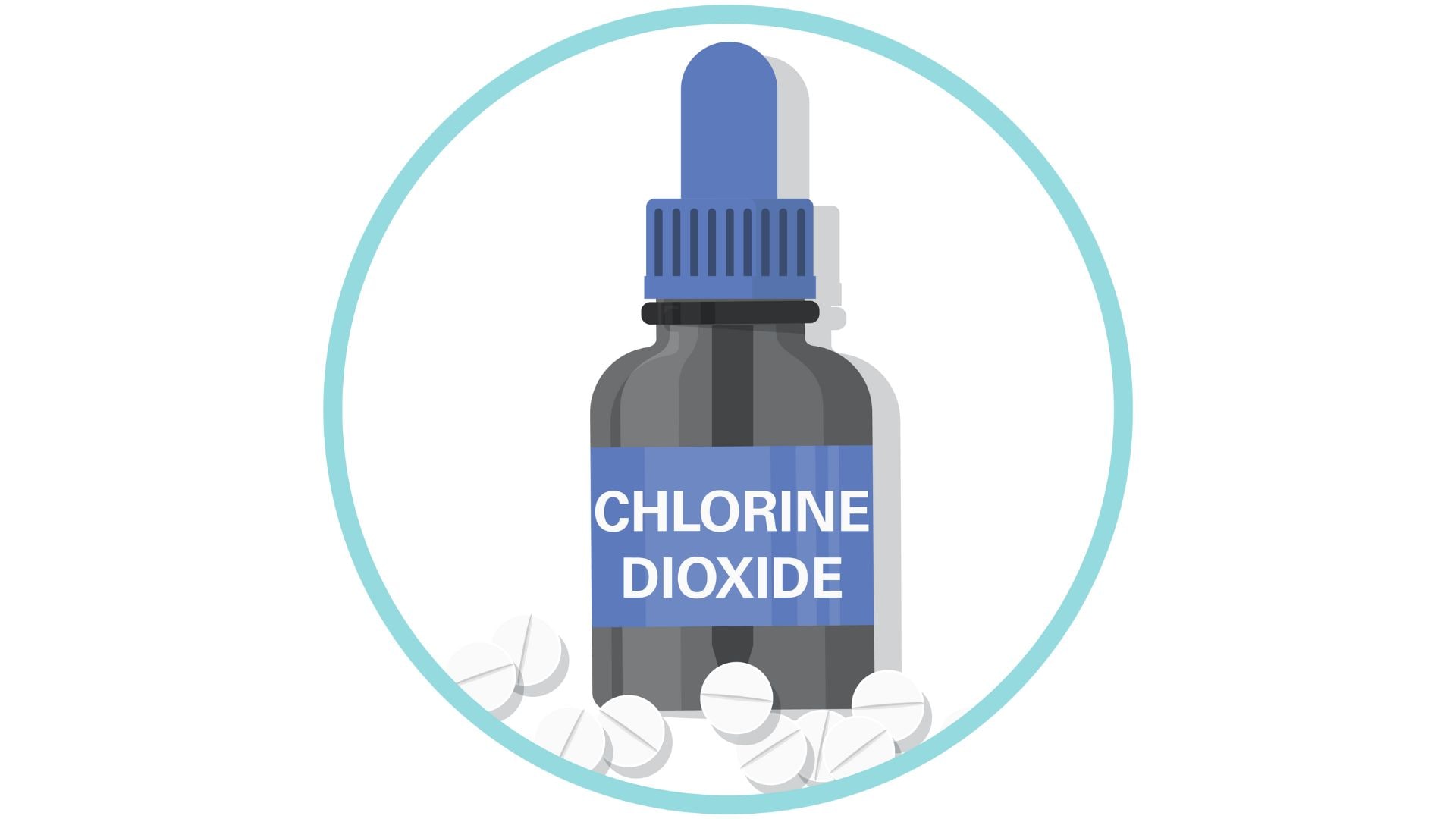
If Cryptosporidium is in your water
Iodine, tablets with iodine (tetraglycine hydroperiodide), or chlorine tablets kill most germs, but will not kill Cryptosporidium germs. Chlorine dioxide tablets will kill Cryptosporidium as long as you follow the instructions correctly.
Who should avoid water disinfected with iodine
Filter
Portable water filters do not remove all types of germs from water.
Portable filters:
- Will not remove viruses
- Must have an absolute pore (hole) size of 0.3 micron or smaller to remove bacteria
- Must have an absolute pore size of 1 micron or smaller to remove parasites (such as Giardia or Cryptosporidium)
Using a filter
- Follow the instructions for the water filter you are using.
- After filtering, add a chemical disinfectant—such as iodine, chlorine, or chlorine dioxide—to the filtered water. The disinfectant will kill any viruses and bacteria.
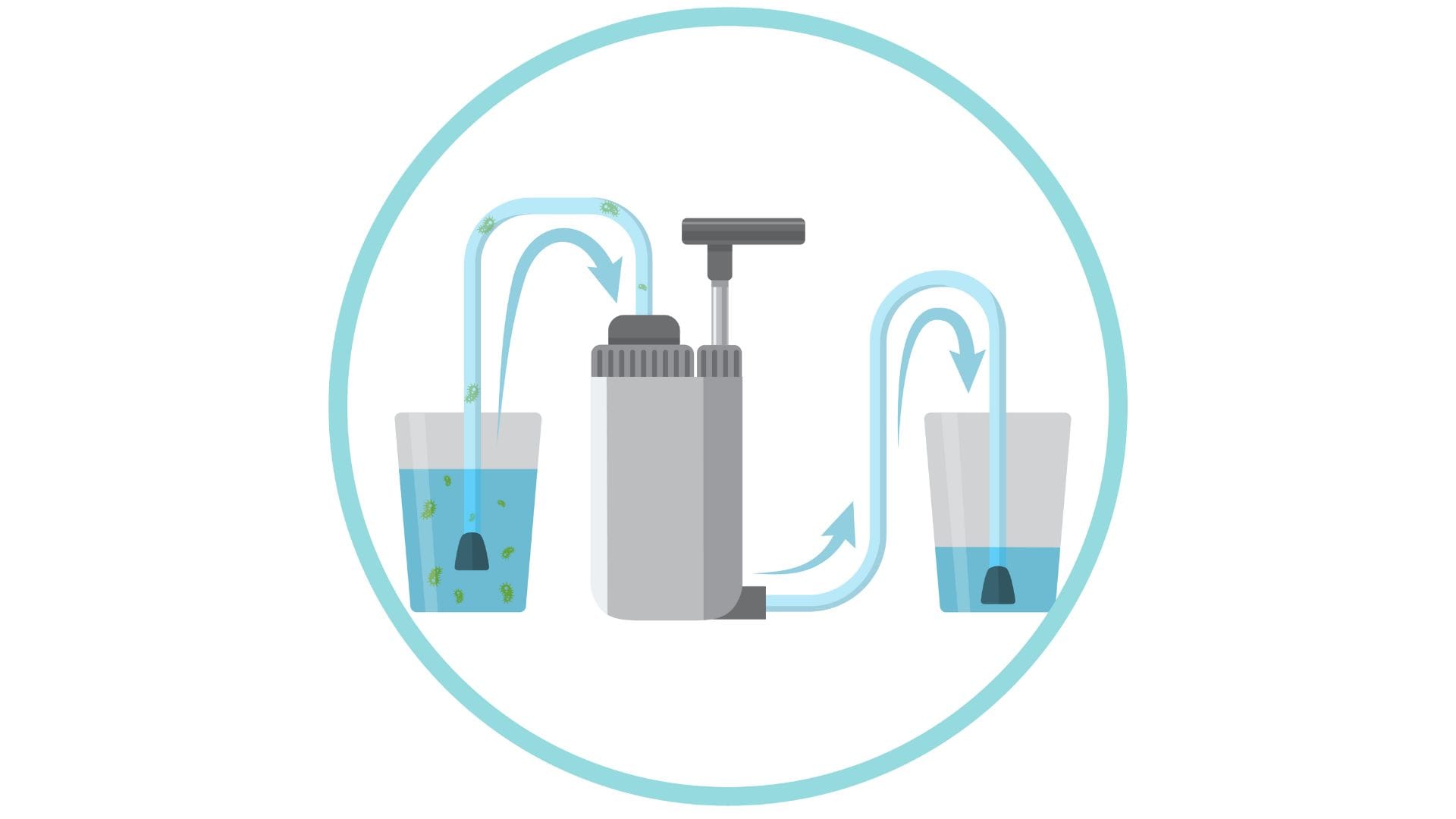
Using light
UV light
Portable units that deliver ultraviolet (UV) light can kill germs in small amounts of clear water. UV light does not work well in cloudy water because small particles can block germs from the light.
Using UV light
If the water is cloudy, first filter it through a clean cloth, paper towel, or coffee filter. Another option is to let it settle. Then, draw off the clear water.
Follow the instructions for the UV light unit to disinfect clear water.
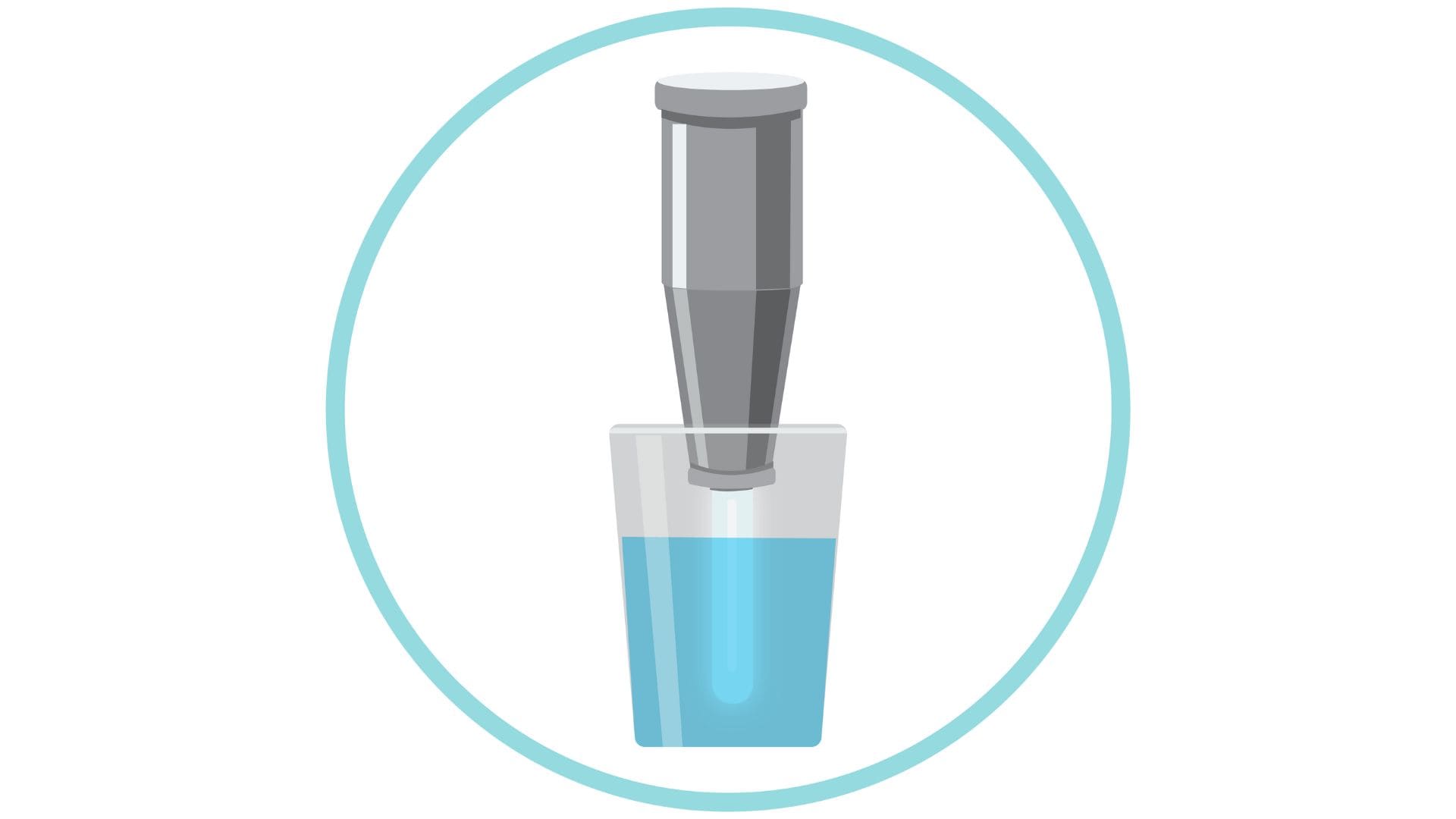
Solar disinfection
In emergencies, the sun’s rays can improve the quality of your water by reducing the number of germs in it. Solar disinfection does not work well in cloudy water because small particles can block germs from the light.
Using solar disinfection
If the water is cloudy, first filter it through a clean cloth, paper towel, or coffee filter. Another option is to let it settle. Then, draw off the clear water and follow the steps below.
- Fill clean, clear plastic bottles with clear water.
- Lay the bottles down on their side and in the sun for 6 hours (if sunny) or 2 days (if cloudy). Laying the bottles down allows the sun’s rays to kill more germs in the water. You can also lay the bottles on a dark surface to help the sun's rays kill more germs.
Resources
Fact sheets
More information
- Infant and Young Child Feeding in Emergencies Toolkit
- How to Disinfect Wells After an Emergency
- Water Disinfection for Travelers | CDC Yellow Book
- Water Treatment Options When Hiking, Camping, or Traveling
- Avoid Contaminated Water During Travel
- Natural Disasters and Severe Weather
- Emergency Disinfection of Drinking Water | U.S. EPA
- Safe Drinking Water Information | U.S. EPA

